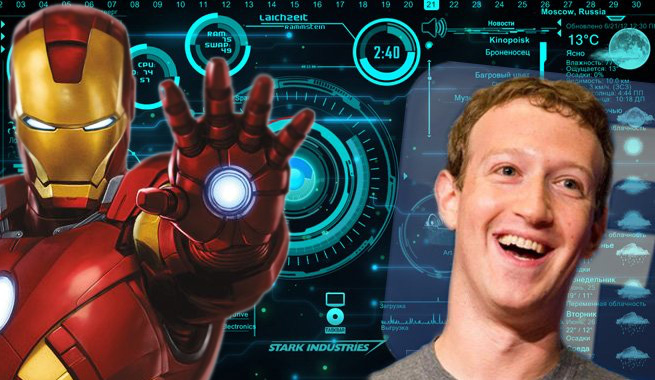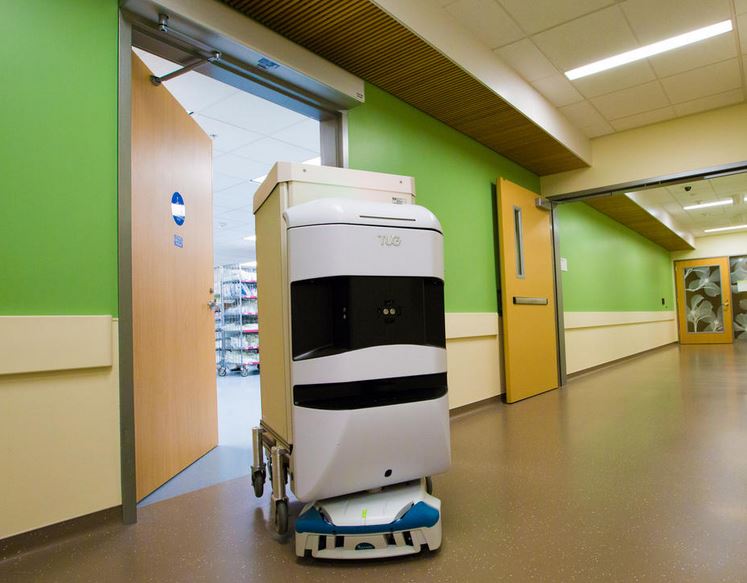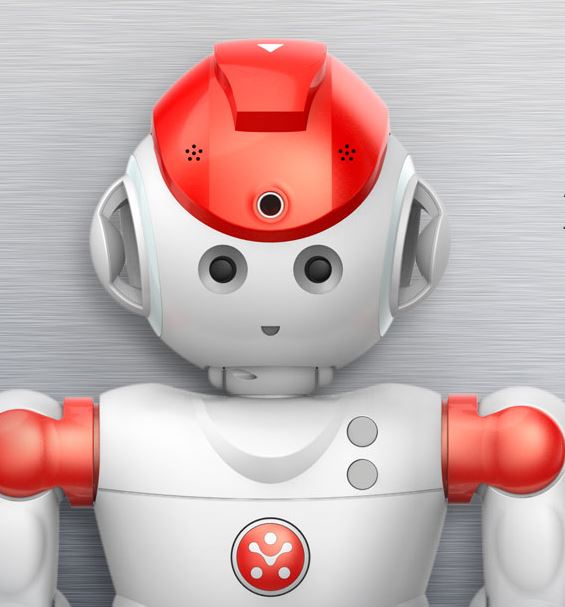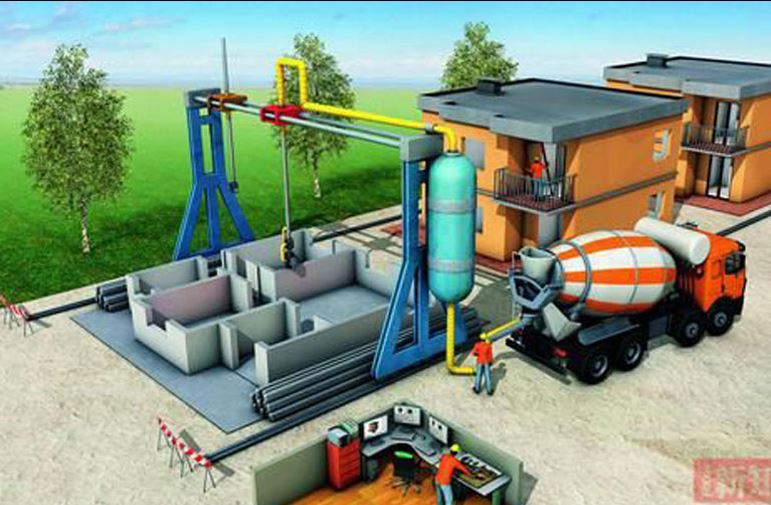Zuckerberg’s AI
Meet Jarvis
Mark Zuckerberg recently unveiled his personal AI assistant, Jarvis. It seems to be one of his most curious inventions. In addition to his work at Facebook, Zuckerberg takes on self-development challenges, like learning Mandarin. In early 2016, he committed to an even more ambitious project: to build an Iron Man-inspired artificial intelligence (AI) system to […]



